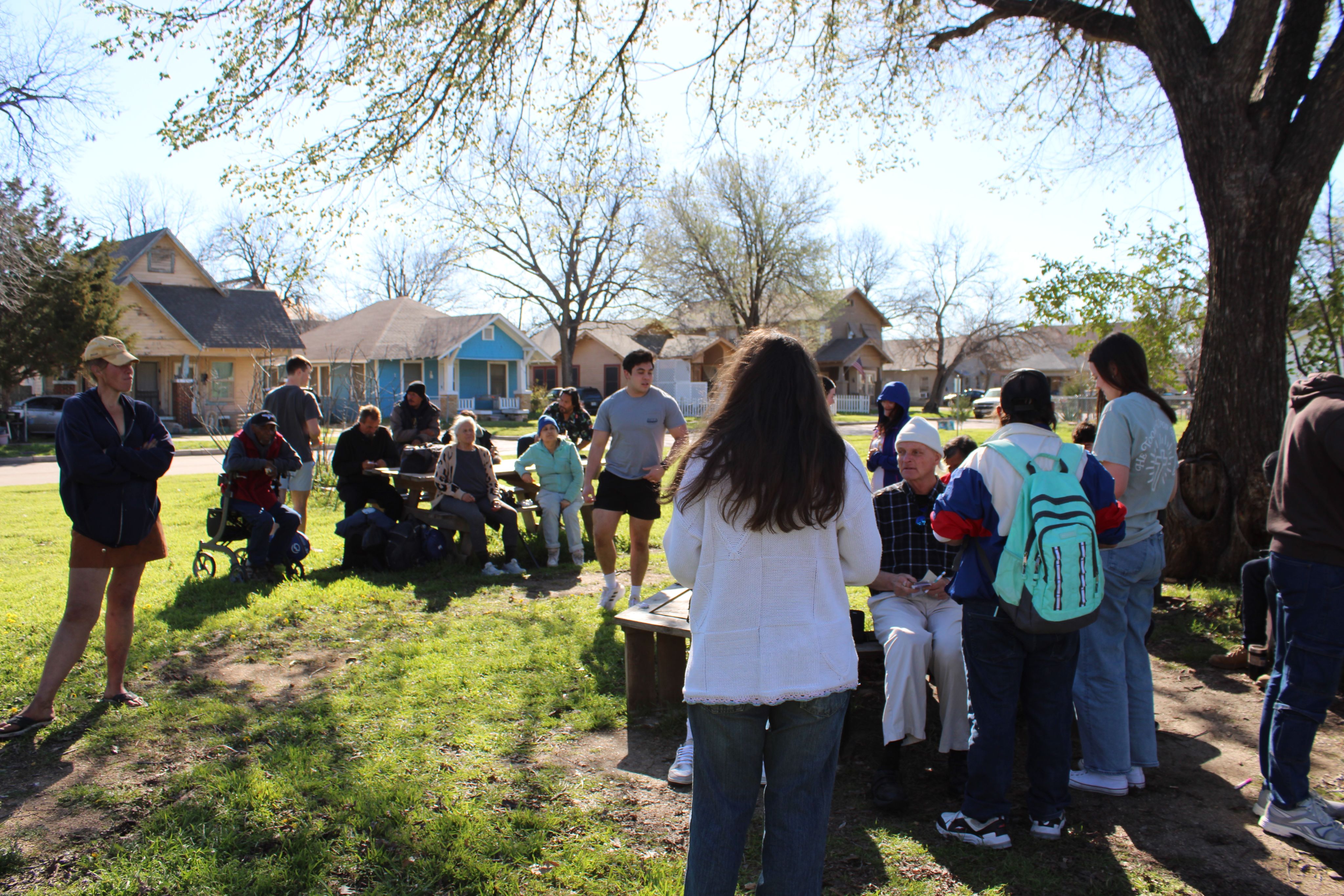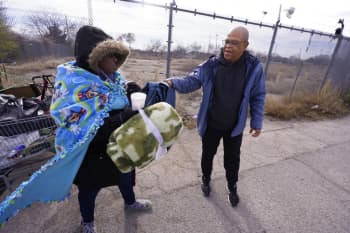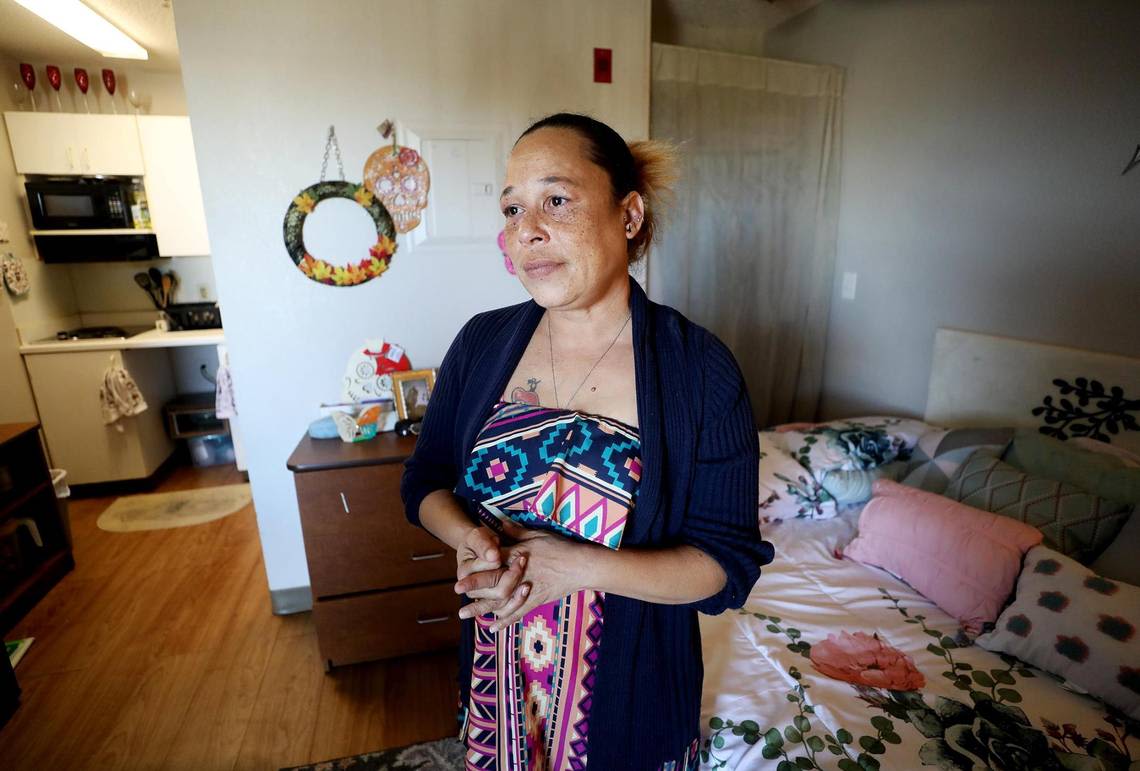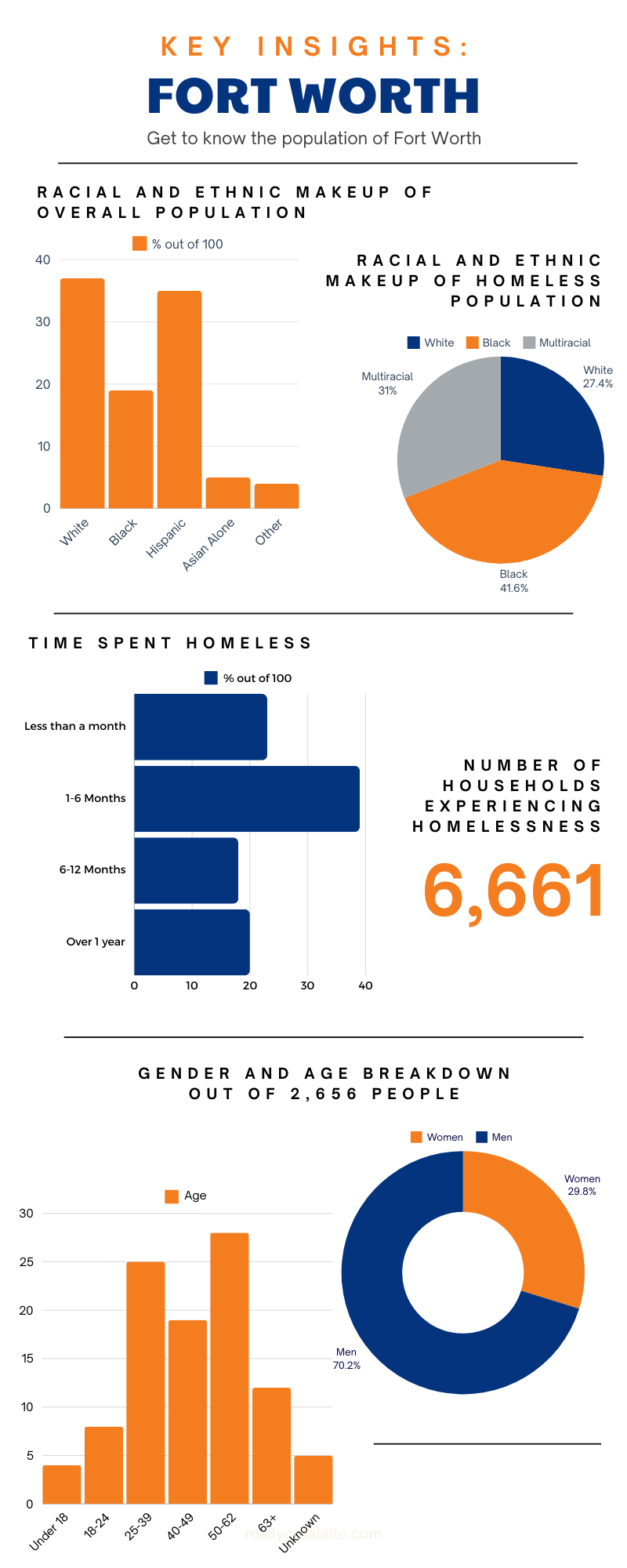Fort Worth pilot program addresses homelessness
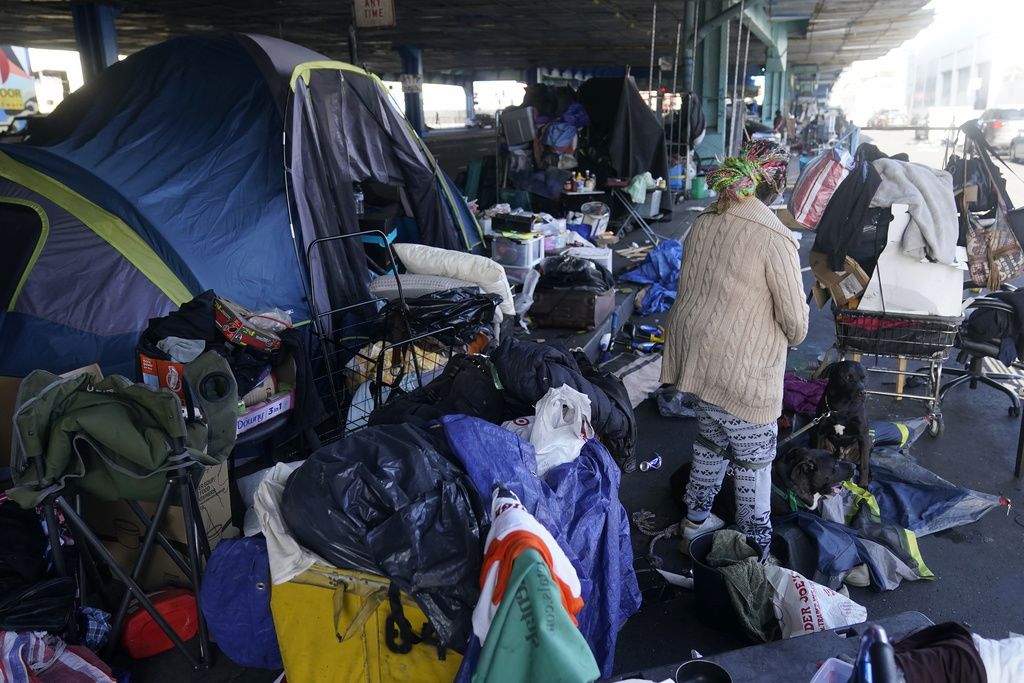

In the urban landscape of Fort Worth lives a stark reality: homelessness. Groups of people milling around sitting on curbs with plastic bags, dirty and tattered clothing, live underneath I-30 and just a few streets down from the local homeless shelters.
As the city continues to grow at a rapid pace, Fort Worth recognizes the danger that the number of individuals and families grappling with the harsh reality of life without a stable roof over their heads may grow as well.
The Fort Worth City Council recently approved a pilot program that works with the non-profit My Health My Resources of Tarrant County, and Tarrant County Homeless Coalition to house people experiencing homelessness in Tarrant County with an allocation of $1,096,847.
The money allocated to the pilot program was determined with purpose.
“The budget was determined by calculating the cost of the first five months of the pilot,” said Tara Perez, Directions Home Manager of Neighborhood Services. “This includes the 11 personnel of the Housing First Assertive Community Treatment Team as well as lease-up costs and housing assistance for 40 clients. Other expenses include client medications.”
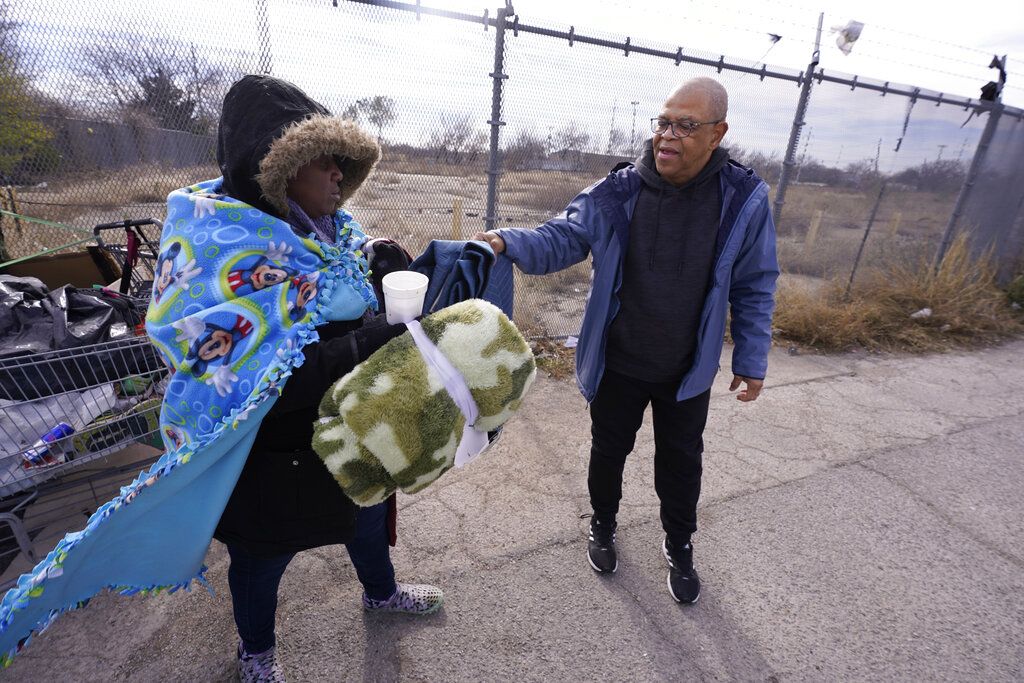
The plan is a collaborative approach that brings together stakeholders from across the community. It focuses on the seven areas where there is a concentration of homeless people, including the East Lancaster corridor, the Northside and Stockyards, according to Perez. People experiencing homelessness in these areas will have access to mental health evaluations and a number of housing opportunities.
The plan leverages established resources such as the HOPE Team to pinpoint 80 individuals enduring homelessness for a minimum of two years or grappling with severe mental illness. Of this cohort, 40 individuals are slated to receive support in the form of permanent housing and mental health care services. The remaining 40 individuals will be offered counseling.
The urgency of this initiative is emphasized by the statistics revealed in a recent city report.
Last year, Tarrant County saw a spike in its homeless population, 4,170 people, in the first quarter of 2023, according to the Tarrant County Homeless Coalition. That number steadily declined all year and stood at 2,656 people by the fourth quarter.
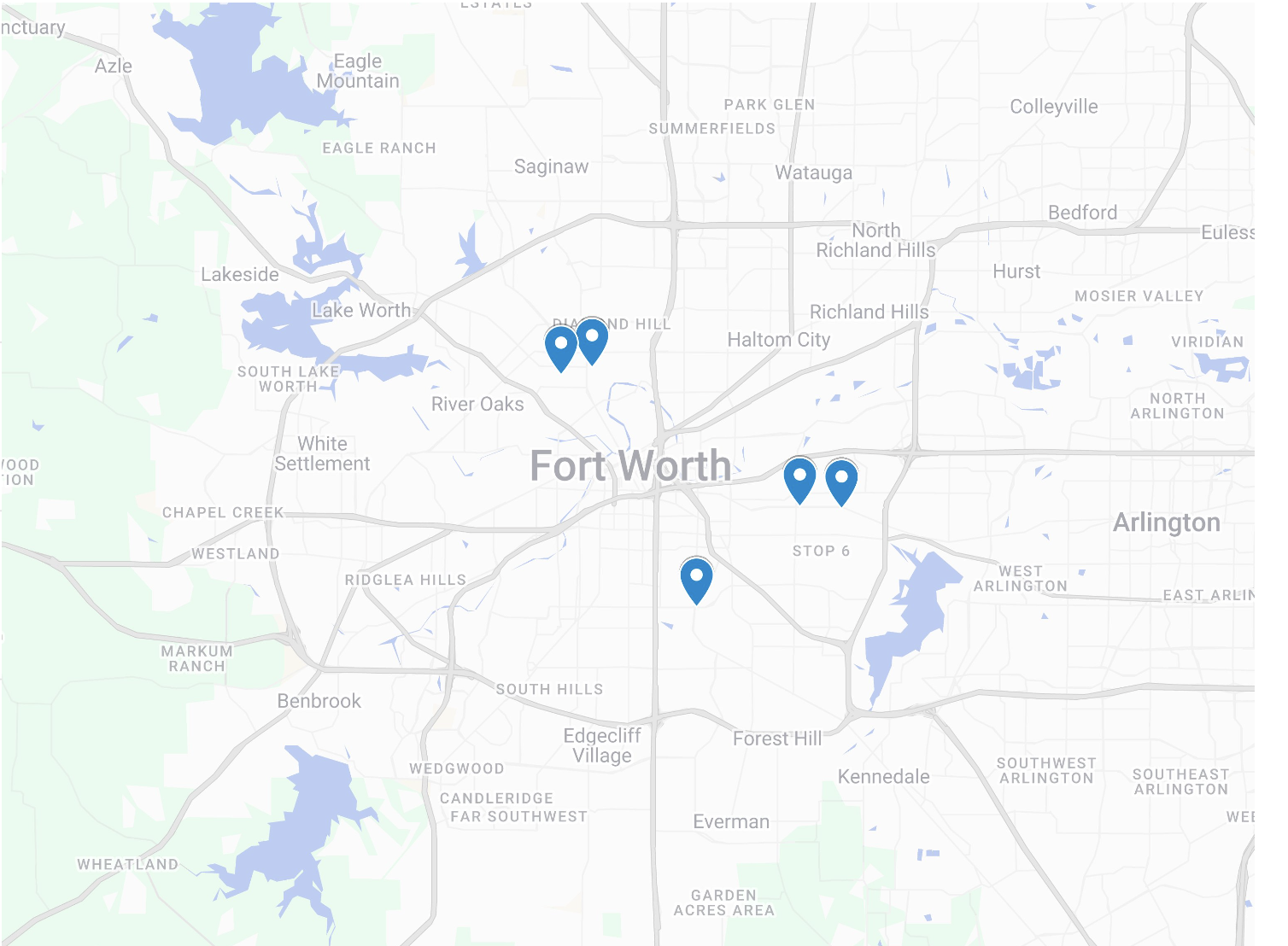
A client who was recently housed after living on East Lancaster Ave for 11 years (Photo courtesy of Audrey Klein).
A client who was recently housed after living on East Lancaster Ave for 11 years (Photo courtesy of Audrey Klein).
Why did Fort Worth see a decrease in homelessness and what barriers exist that keep people from being able to afford housing?
Lauren King, executive director of Tarrant County Homeless Coalition attributes this decline to investments in housing and the cost of housing itself.
“Even if someone is working 40 hours a week, 50-60 hours a week, if you're not making the wage that you need to make, then you're not going to be able to afford housing,” King said. “You need to be able to make $21.17 an hour to be able to afford an efficient apartment in Fort Worth. And so a lot of the jobs that are available and that our clients are accessing or not paying that.”
As a result, it was concluded that by investing in more housing to provide for the homeless, the rates of homelessness overall would decrease.
“I will say one huge thing that we attribute that to was investment in housing,” King said. “So whether it be capital or rental assistance, regardless of how long or short term, whenever we invest in housing assistance, we see homelessness go down.”
Local artist, Laura Hunt, painted 26 portraits and interviewed people experiencing homelessness in our community (Photo courtesy of Audrey Klein).
Local artist, Laura Hunt, painted 26 portraits and interviewed people experiencing homelessness in our community (Photo courtesy of Audrey Klein).
The Tarrant County Homeless Coalition’s mission is to be a catalyst for community transformations.
“We don't actually provide direct services to people experiencing homelessness, we focus more on systems and policy solutions,” King said. “We actually serve all the agencies who are serving those who are homeless. So for example, our customers are all the homeless shelters, the outreach teams, the housing programs, etc.”
While the mission is to decrease homelessness in the City of Fort Worth, King understands that this is not a one-size-fits-all approach.
“One thing that I'm really proud about with our system is that it's not one size fits all,” King said. “It's more about looking at what type of housing you need, and how long you need help for.”
This can mean a variety of different things for different people, and the program provides an array of resources to help differing circumstances.
“For example, for someone who's working, we have a program called rapid exit that if they're working and they can sustain an apartment after they get back into housing, then we will pay the deposit and first three months rent to get them going again,” King said. “This is a program that has been really, really successful.”
As the pilot program continues to unfold from May 1, 2024, to Sept. 30, 2025, it will be subject to evaluation. Their benchmarks to measure success will be if at least 70% of those offered housing accept housing within six months and if at least 70% of those housed will remain housed after one year, Perez said.
